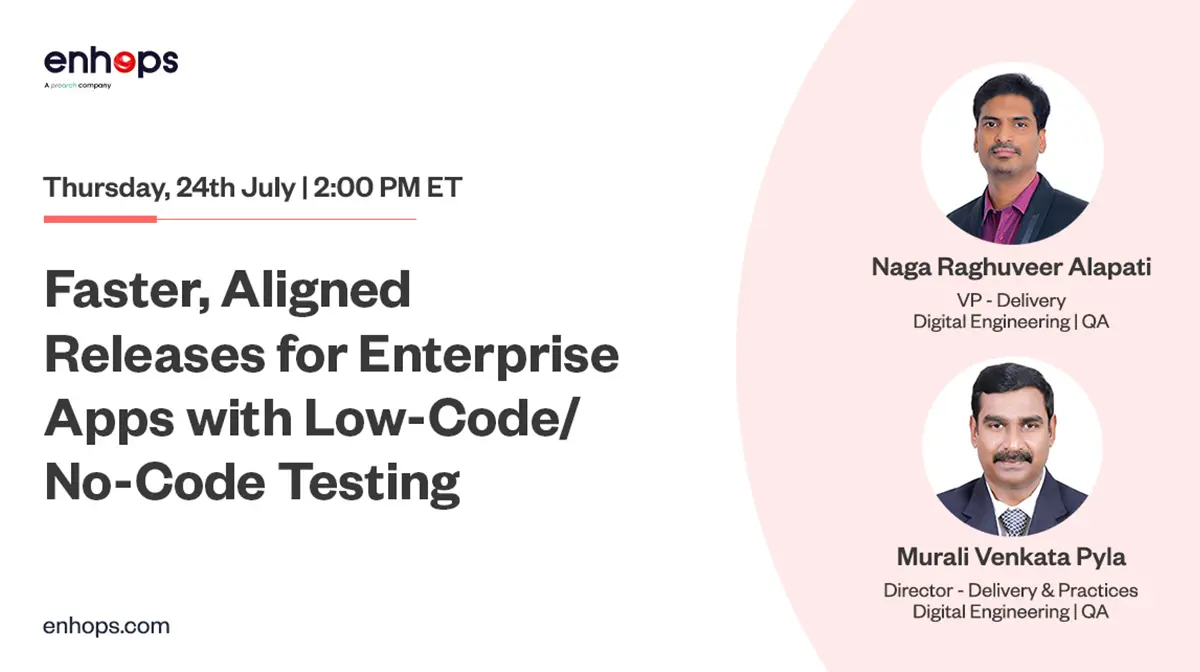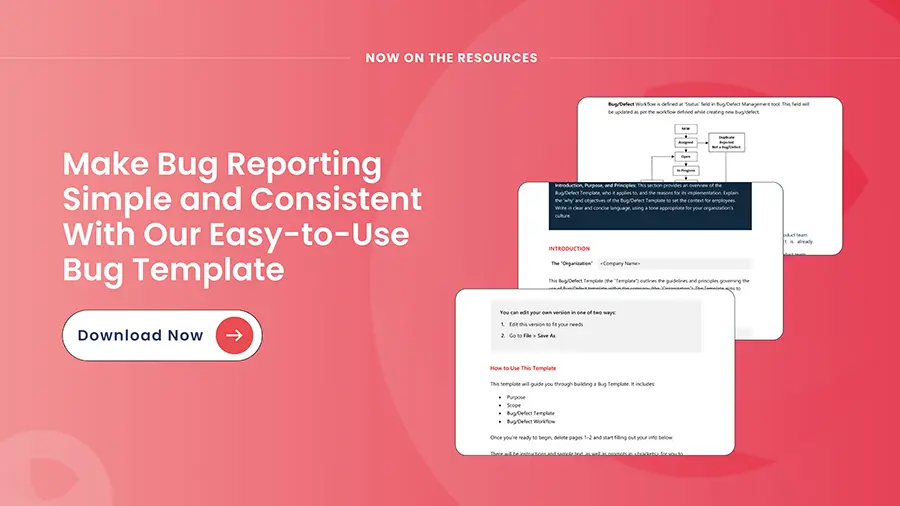Businesses are operating in a hyper-connected, hyper-competitive environment that moves at lightning speed. Providing value to your customers at continuously increasing rates is the only way to be in the game. In today’s digital world, brands are defined by the unique and steadily evolving experiences, they are offering to their customers.
Organizations are constantly trying to increase their customer lifetime value by providing unique brand experiences. However, there’s a lot that goes behind making these experiences successful and as intended.
With digital touchpoints everywhere, organizations are taking the DevOps approach to increase their customer lifetime value (CLV), but it is also one of the most worthwhile endeavors any business can engage in. Business owners can leverage DevOps to increase CLV by using it while developing strategies for retaining existing ones, acquiring new customers, and maintaining profits through analytics that is accrued over the time a customer is with you.
Putting the DevOps approach into action, you can expect an increase in customer retention making them your brand ambassadors, and adding word-of-mouth marketing for your business. It can ensure your relationship with your customers in a more authentic way by streamlining and automating your entire software delivery lifecycle.
In other words, you must deliver what your customers want from the start to increase customer lifetime value (CLV). The solution lies in the DevOps approach, which enables continuous and faster software delivery. While you must be wondering how a technical approach like DevOps can help businesses in increasing their CLV, we have a clear-cut explanation for the same. Keep reading to explore.
Let’s walk you through this key performance indicator and how DevOps can make an impact. Before directly diving onto the topic, let’s take a quick tour of understanding Customer lifecycle value
Understanding Customer Lifetime Value
Customer Lifetime Value (CLV) is a direct indicator of clients’ association with your business and the key metric for measuring long-term growth.
81% of marketers surveyed said that monitoring CLV could increase sales, 68% agreed that implementing CLV data boosts retention, and 56% believed doing so drives customer loyalty.
– Market Research
CLV helps you to keep an eye on the vital business performance metrics – margin, retention, and loyalty. This value may vary from customer to customer, but it helps you to understand when, where and what you can do to generate more value from your customer.
It gives a simple assessment of the expenditure on customer acquisition. Selling to a customer with a higher CLV is always economically better, as a higher CLV means a loyal customer who will stay connected for longer and make more purchases from you.
It is essential to understand CLV because it can help you better understand how much customers are worth to your business and how much money you should be spending on them.
How To Calculate CLV?
For calculating the CLV of a customer, you need a few data like – the behavioural pattern of that customer and analytics of their transaction history.
CLV = ((Average Sales X Purchase Frequency) / Churn) X Profit Margin
where,
Average Sales = (Total Sales) / (Total no. of orders)
Purchase Frequency = (Total no. of orders) / (Total unique customers)
Retention rate = (Total no. of orders greater than 1) / (Total unique customers)
‘Churn = 1 – Retention rate
Profit Margin = Based on business context
The Customer Lifetime Value (CLV) is the monetary value of transactions/purchases your business makes with a single customer throughout the customer’s lifetime. In this case, the lifetime is the time your customer takes to purchase from you before switching to your competitors.
This customer lifetime value formula reveals that we can optimize CLV by minimizing service costs and identifying cross-sell and upsell opportunities to increase recurring monthly revenue and ensure customer retention.

How DevOps helps organizations to increase Customer Life Time Value?
Over the past few years, DevOps has gained tremendous popularity and played a pivotal role across all industries. By combining tools, practices, and culture; DevOps allows organizations to deliver high-quality software quickly. DevOps achieves faster time to market by utilizing agile principles and automating the repeated processes.
At Enhops, we engage with our clients while we deliver outcome-based DevOps services. Our range of DevOps services makes sure that we deliver value to our clients and ship products faster to their end-users. With our expertise in DevOps and Agile Delivery, Infrastructure Automation, CI-CD Pipeline Orchestration, and Security Integration, we have helped multiple clients to automate and streamline their software development process.
5 Ways DevOps Fuels Customer Life Time Value:
1. Supports Unified Customer Data
A recent study shows that siloed data is a massive barrier to adopting a streamlined CX strategy. DevOps promotes collaboration between teams and ensures that team gets a single view of data. This helps in creating a one-goal mindset and working towards it.
A DevOps approach breaks down silos and provides end-to-end process visibility. With continuous integration/delivery practices, teams can work together using a shared repository and utilize tools that streamline their development process and automate their deployment pipelines.
In terms of increasing CLV, this means the operations team is aware of the development progress and they are prepared with the requisite infrastructure or support required. Unified customer data gives ideas to the product and business team about how effective releases are.
For example, integrating a new payment gateway has affected the repeated purchases or attracted new customers.
2. Encourage Metrics
A shared performance metric helps DevOps teams to collaborate. Four critical metrics for many DevOps teams:
- Lead time for changes
- Deployment frequency
- Time to restore service
- Change failure rate
A customer-obsessed organization measures customer satisfaction and lifetime value by focusing on the KPIs mentioned above. These metrics can be shared across product, customer happiness, sales, and marketing teams to drive organization-wide progress toward CX goals. Nevertheless, the quality and reliability of faster deployments influence customer experience.
If an organization is keeping a tight tab on these metrics and comparing them against the lows and highs of CLV, they have clear-cut goals to improve with every release.
3. Faster time to Market
“There is a 15 to 20% boost in improving the delivery of capabilities to customers through DevOps.” – IDC report.
Even though this fact focuses on current customers; such speed of delivery could also attract new customers and retain the existing ones. DevOps Agility Approach and time-based competition are closely related. This concept can break down the wall between the market and the product concept (demos).
Thanks to DevOps, which offers a short development and testing cycle, your product will be available in no time. This feature drives new customer acquisition and increases customer retention rate too.
4. Enhance engagement and satisfaction rate
Prospective customers must build trust with a brand before making a purchase. As an example, imagine an e-commerce company launching a complex product line. A prototype application could be developed before launch to describe the new product’s features and functions and enable the customer to get a real-time experience.
Without having streamlined DevOps, the company could lose revenue due to delay delays in launch while waiting to have a peek at the functional application. A suitable DevOps strategy can allow teams to build robust and immersive applications quickly while capturing the attention of customers before it goes elsewhere.
5. Incorporating feedback
Once an application is launched, the streamlined DevOps process incorporates feedback from internal staff and customers a.k.a. end-users. This allows the developers to make significant alignments toward acceptance of the platform or application.
As customers recognize the application/platform as being customer-centric that satisfies their stated needs and results in their retention and acquisition of new customers. The entire process creates a positive feedback loop where developers and operations continually collaborate to improve customer experiences.
Final Thought:
DevOps strives to create a more customer-obsessed culture. It’s a culture that is focused on the customer and seems it’s impossible without proper processes in place. The right tools are essential to building this kind of business model.
A customer-obsessed DevOps team can also help you build better products. By making sure that every line of code is optimized for performance, scaling up and down as necessary with a focus on customer needs in demand, minimizing bugs (which cause user frustration), providing timely updates on product enhancements based on user feedback, as well as providing live technical support when they need it most. Your company will be equipped with all tools necessary to increase its CLV.
At Enhops, we believe that change is inevitable and the better way to be prepared is to adapt to changing business environments. DevOps can help businesses in creating the ‘X’ factor to reinvent their business models and redefine market segments while balancing speed, quality, and innovation.
The need of the hour is robust DevOps and Agile practices that can respond help businesses to be proactive in improving customer interactions, increasing business agility, driving innovation, and ensuring competitive edge – all while reducing technical debt. If you want to talk about how DevOps can help you in achieving these goals, drop us an email at info@enhops.com



